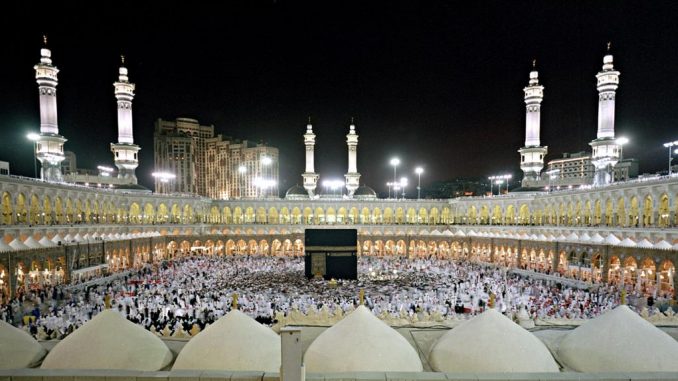
Ramadan Nightly Prayer (Taraweeh)
Allah (SWT) has mandated to His servants acts of worship and
made them of various kinds so as to provide them with means
to pick and choose, and that others will not be bored with one
act. Thus, we seek nearness to Him, through mandatory and
non-mandatory deeds. Among the non-mandatory deeds, or
Sunnahs, is the establishment of night time prayers {salatul
lail), and Allah has praised those who observe them.
“Those who spend the night in adoration of their
Lord, prostrate and standing.”
(Al-Qur’an 25:64)
“Their limbs do forsake their beds of sleep, the
while they call on their Lord in fear and hope
and they spend (in charity) out of the sustenance
which we have bestowed on them.”
(Al-Qur’an 32:16)
These two verses indicate the basis for nightly prayer in Al-
Qur’an and the good return awaiting those who observe it. In a
hadith, the Messenger of Allah (saas) says:
“The best prayer after the obligatory ones is the night
prayer.” (Muslim)
Elsewhere he says:
“O people! disseminate the salutations of peace As-
Salaam ‘Alaikum; feed the needy food, and join the
blood ties among the next of kin; and observe night
prayer while people are at sleep, you will enter paradise
peacefully.” (Tirmidhi)
One of the night prayers, is Witr, the odd numbered bedtime
prayer. It should be the last prayer said before retiring. The
minimum Witr is one rak’ah and the maximum is eleven ra-
ka’ats. The Prophet (saas) said:
“Whoever wants to pray Witr with one rak’ah should do
it and whoever wants to pray Witr with three raka’ats
should do it.” (Abu Dawud/Nasa’e)
However, the Messenger of Allah (saas) was always consistent
with eleven raka’ats for night prayers, according to his wife,
Aishah (raa) who reported:
“The Prophet never observed prayers after ‘Isha (night
obligatory prayer) and before Fajr (morning prayer),
more than eleven raka’ats. He saluted after every two
raka’ats, and he prayed Witr with one raka’at.” (Ja-
ma’ah, except Tirmidhi)
In a different procedure, one may make four raka’ats, and sa-
lute, and continue with another four and salute, then he caps
them with three raka’ats of Witr. Aishah (raa) reported:
“The Prophet used to pray four raka’ats and one cannot
describe their beauty, and their length, (he salutes) then
makes another set of four raka’ats, one cannot describe
their beauty and length, he then caps it with three ra-
ka’ats.” (Agreed upon)
